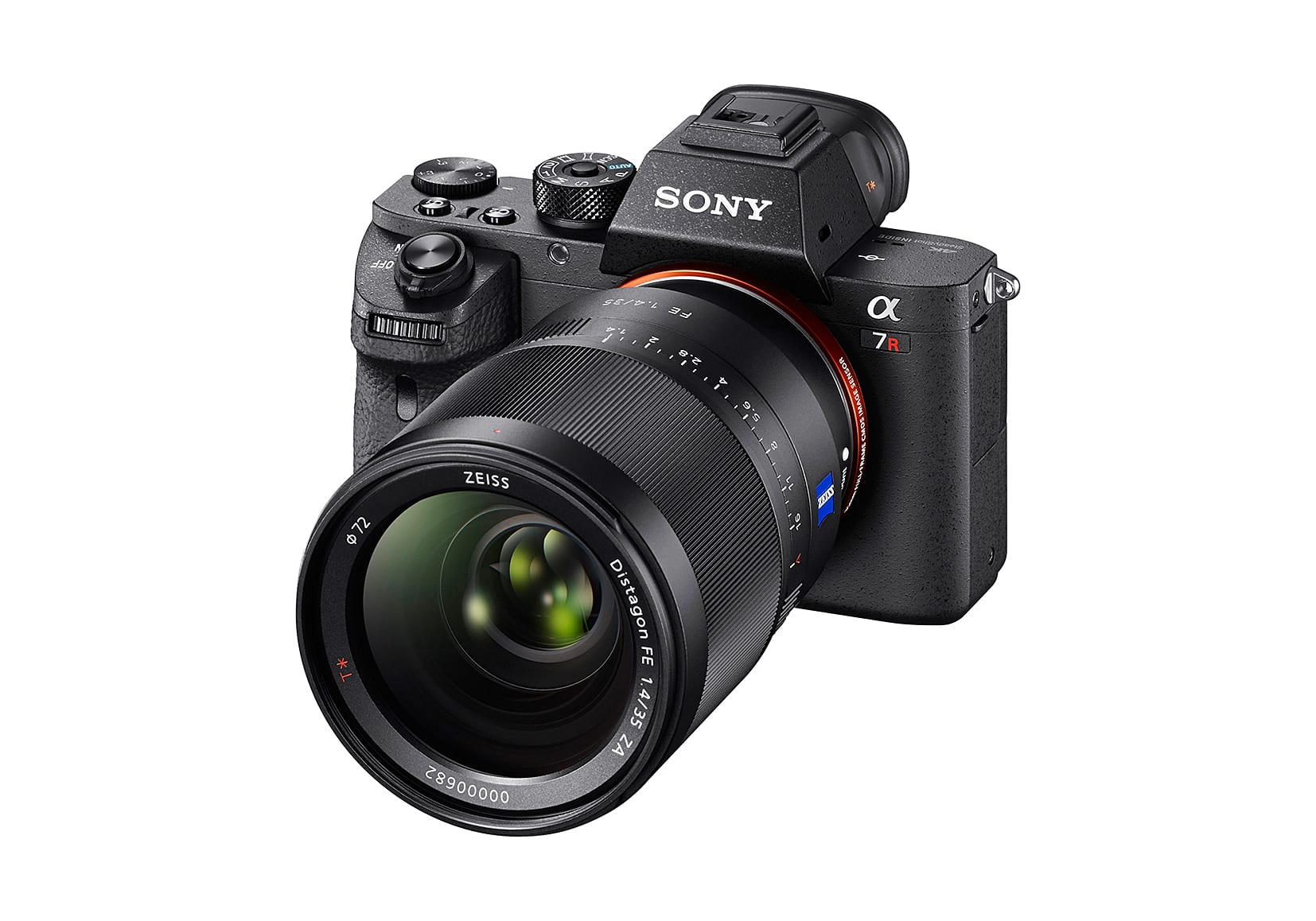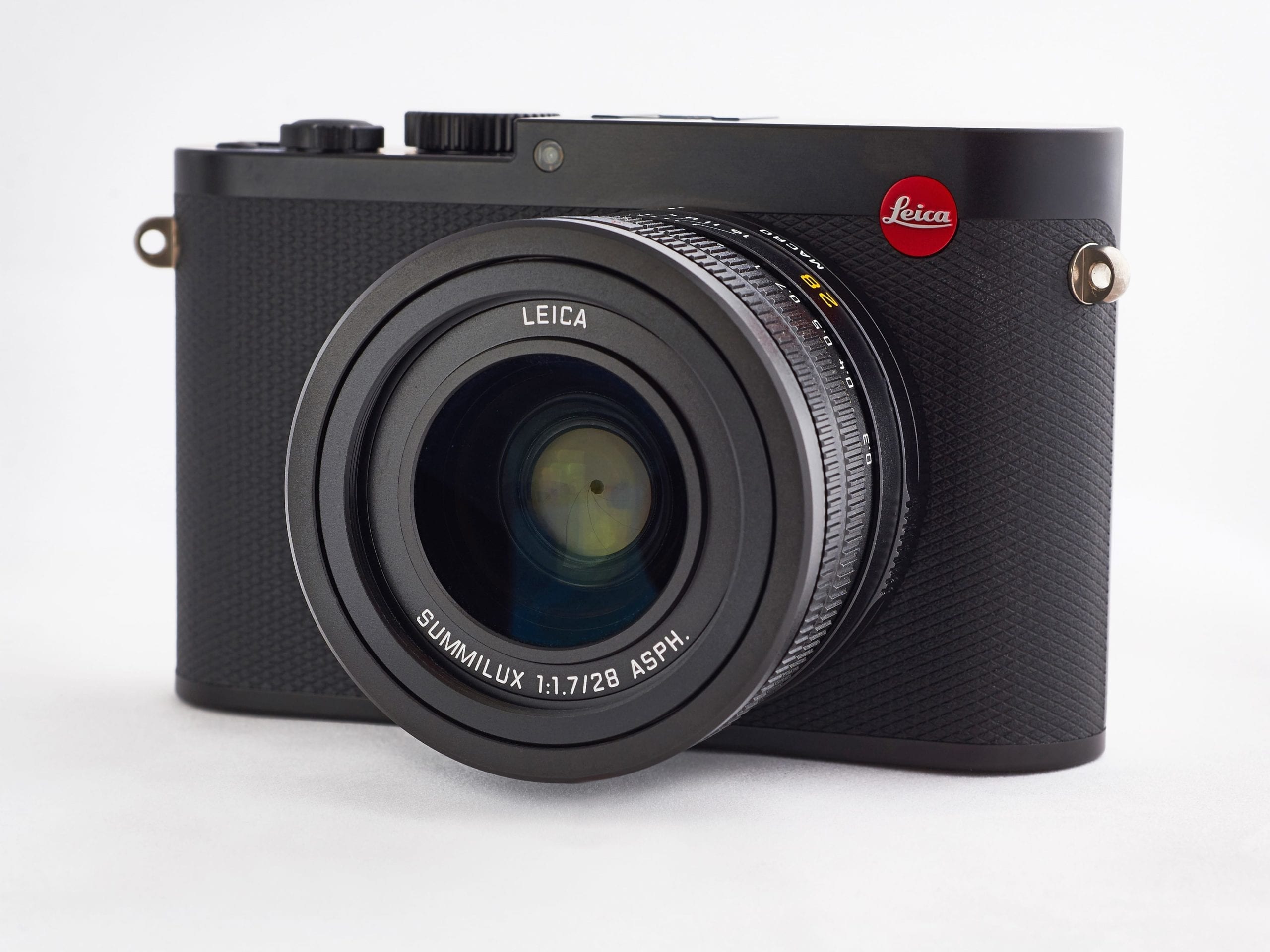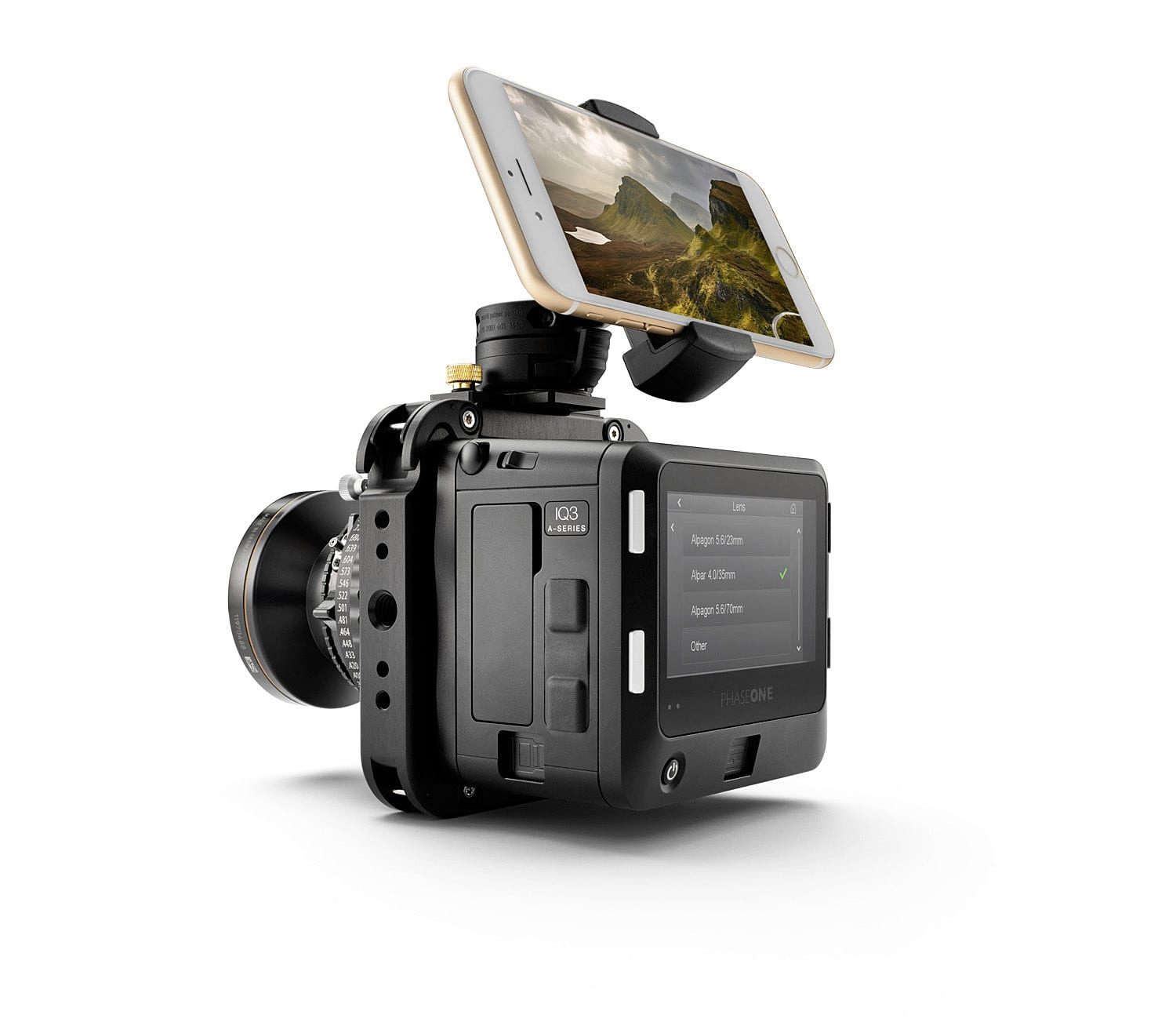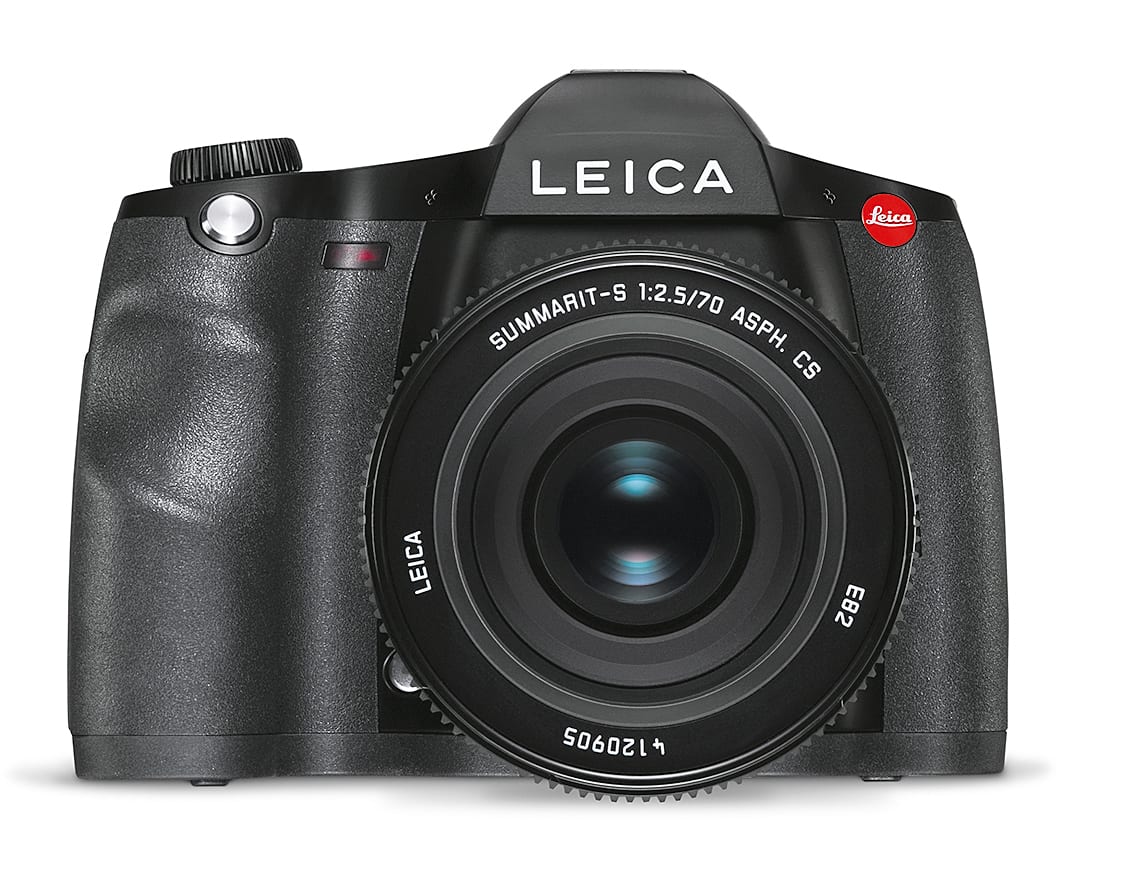Sony A7 Mark II series

The year 2015 saw the arrival of Sony’s full Mark II A7 fleet, adding five-axis full-frame sensor stabilisation to the mirrorless ILC. While the 42-megapixel A7R II [below left] is now acknowledged as the top of the range, the first update, the A7 II (24-megapixels), also improved autofocus, body design, sealing and shutter life. Its on-sensor, phase-detection AF works with many adapted Sony A-mount and Canon EF lenses. The second update (A7R to A7R II) moved from 36- to 42-megapixels with a new shutter and 4k video direct to SDXC card, plus a larger electronic viewfinder (0.78×). The backside-illuminated CMOS sensor allows first curtain electronic and silent shutter modes while curing rangefinder wide-angle colour shading and smearing. The final upgrade, the A7S II, kept 12-megapixels and moonlight-friendly ISO 409,600, while adding the advances of the A7R II and 14-bit uncompressed raw. Finally, Sony gave this to the A7 II/A7R II by a firmware upgrade.
Leica Q

If you are looking for an absolutely first-class compact camera that will produce results at least as good as your DSLR, and if quality is your priority, this mini Leica [below] is probably what you are after. Although you’d think the price would put most people off (at £2900), you’ll still have to join a queue to buy one as this is not only the best digital compact that Leica has ever made, it is one of the best any camera company has ever made.
Fitted with an M-style 28mm f/1.7 lens that seems to outperform even the latest M optics, the Leica Q has a 24-megapixel full-frame sensor that offers an enormous dynamic range. The thoroughly modern operating system includes a rear touchscreen with touch AF and touch shutter, and the same clear user interface as the M, S and SL bodies. A top shutter speed of 1/16000s and an ISO 100 setting mean you can shoot at f/1.7 in most conditions too, and make the most of that shallow depth-of-field and the well-corrected lens. A really fabulous camera.
Carl Zeiss Milvus lenses
Zeiss has been making lenses for full-frame and smaller-sensor digital cameras for some time, but its latest ranges have really impressed. Zeiss has gone to town on lenses for the Sony A7 series and now offers more choices for the system than Sony itself. The Batis lenses have autofocus and full functionality and compatibility with E-mount cameras, and offer the kind of resolution you need to make the most of the 42.4-megapixel full-frame sensor of the A7R II. Unusually for Zeiss lenses, the Batis models are small and lightweight, so are perfectly in tune with the compact and portable characteristics of the Sony system.
Far from compact and lightweight are the Zeiss Milvus lenses, which are just appearing on the market. Designed for full-frame Canon and Nikon bodies, these large-glass, manual- focus lenses are exceptionally sharp and beautifully made. They perform very well wide open, but close down to produce almost unrivalled resolution. While the majority of the range consists of existing lenses redesigned, the 50mm f/1.4 and 85mm f/1.4 are completely new – and exceptional. And, for a Zeiss lens, they are quite reasonably priced, starting at £829 for the 35mm f/2.
Alpa/Phase One A series

Alpa’s A series of cameras make an interesting leap forward for the medium-format market. Alpa markets them as mirrorless – which they are – but only because they don’t feature a viewfinder or a ground-glass screen. In a minor stroke of genius, Alpa and Phase One have combined the Alpa 12 TC body with Phase One’s IQ3 digital backs. Since the backs have wifi, you don’t need a viewfinder – you just need an iPhone or iPad [below middle], and you have the view through the lens displayed on one of the best screens around. The choice of backs takes in 50-, 60- and 80 megapixel options, while the three recommended lenses (Rodenstock 23mm f/5.6, 35mm f/4 and 70mm f/5.6) are calibrated in the factory to work perfectly with your body and back.
With kits starting at €38,000 for the 80-megapixel version with a 35mm lens, this isn’t a low cost option, but it promises to be excellent quality and a lot of fun to use.
Leica S (Type 007)

At a time when most medium format bodies are looking decidedly old fashioned, it is nice to see a body that behaves as though it was developed this century. The S is a very smooth operator, and although it doesn’t have a sensor as large or as densely populated as the standard units fitted in digital backs, it is fully integrated into the body and offers excellent image quality. The 007 uses Leica’s first medium format CMOS sensor, but it has the same 38-megapixel resolution that the 006 did. This time though, we have an expanded collection of ISO settings and such an extensive dynamic range that rarely will you be left with a blank sky or a dense black shadow.
The £12,800 camera handles like an enlarged DSLR, with a modern menu system, a well thought-out control arrangement, and an operational pleasure that leaves the competition truly in the shade. And, for once, this Leica camera doesn’t come with a totally outrageous price tag.
© 2022 - 1854 MEDIA LTD

